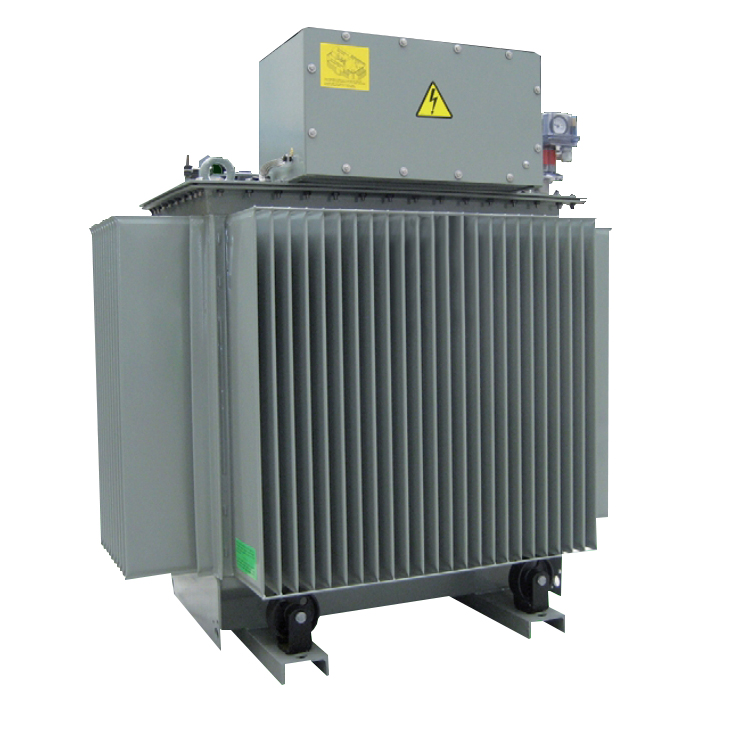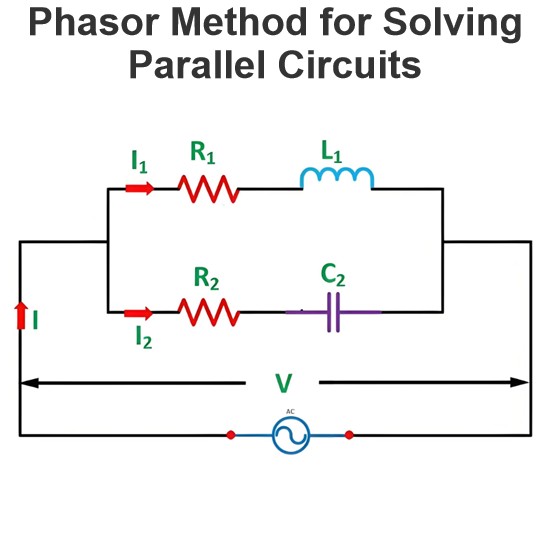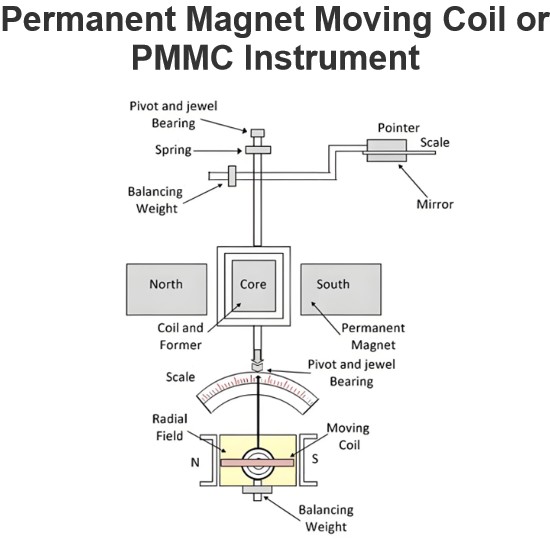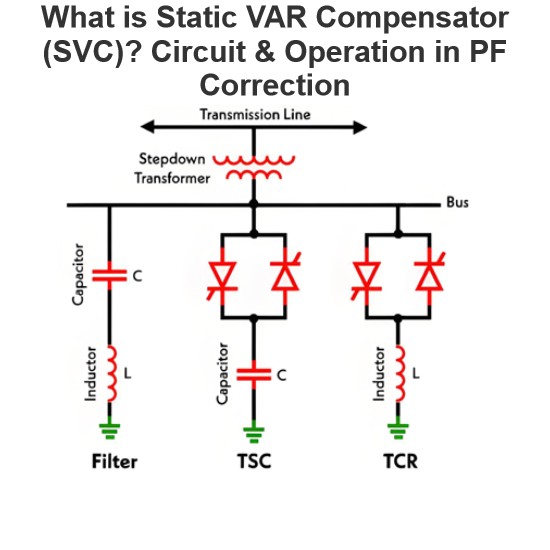| Brand | Schneider |
| Model NO. | Oil Distribution Transformer up to 3150 kVA |
| Rated voltage | 12/17.5kV |
| Series | Minera Set Series |
Overview
Mineral oil-immersed, 50 Hz, three-phase
distribution transformers with the following
characteristics:
Standards
These transformers comply with standards:
Characteristics
12 kV, 400 V
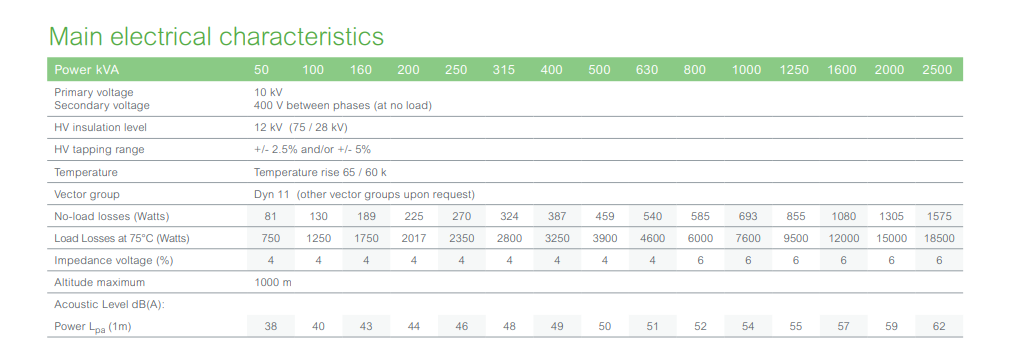
Dimensions and weights

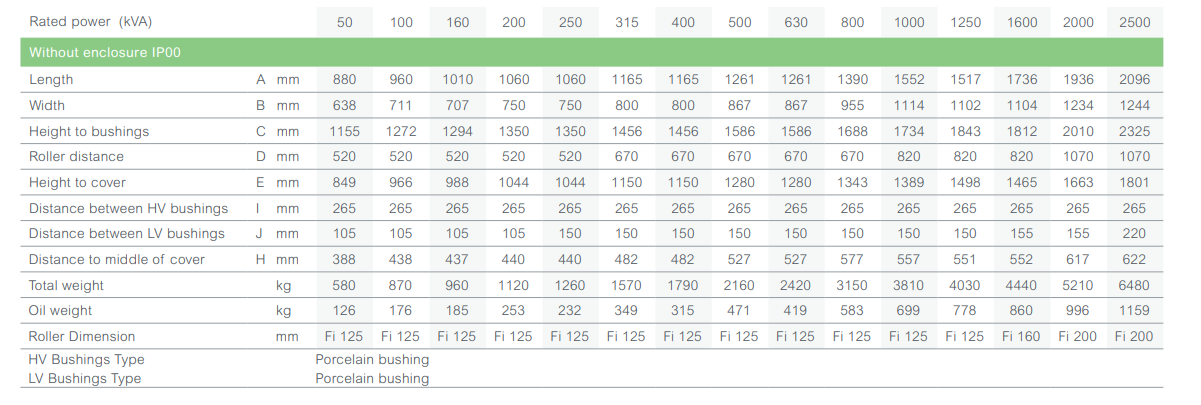
Characteristics
17.5 kV, 400v

Dimensions and weights


Characteristics
24 kV, 400v
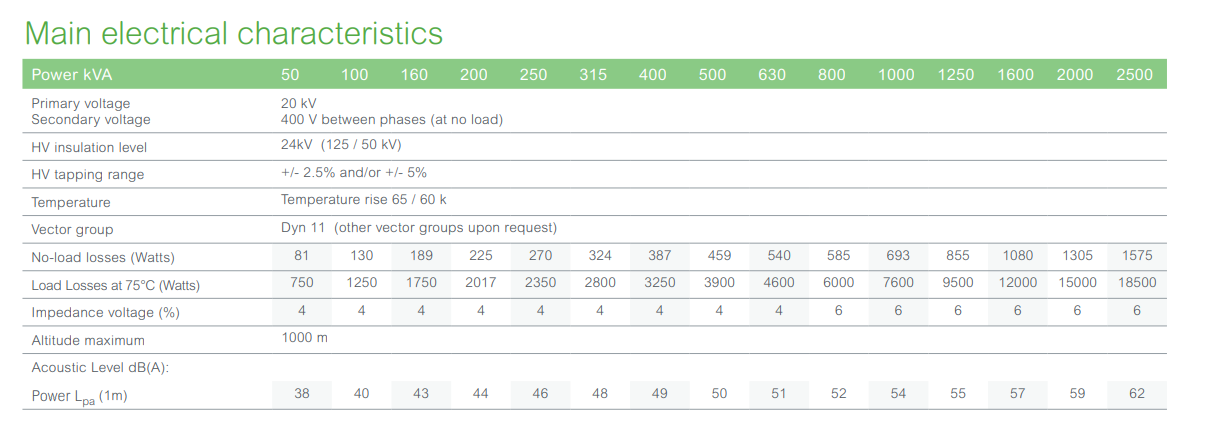
Dimensions and weights

Characteristics
36 kV, 400v

Dimensions and weights




